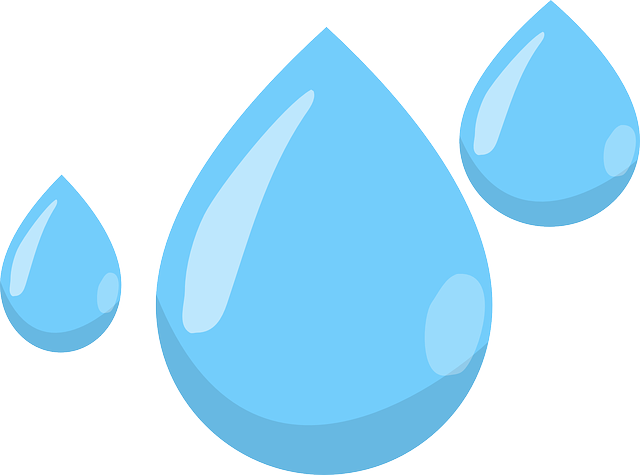Water is essential for life, but when it infiltrates your home, it can become a formidable adversary. Understanding how water affects drywall is crucial for homeowners looking to protect their living spaces. This versatile material, commonly used for interior walls, can suffer from various water-related issues, leading to costly repairs and potential health risks.

The Impact of Water on Drywall
- Moisture Absorption: Drywall is porous, meaning it can easily absorb moisture from leaks, floods, or high humidity. Once saturated, it becomes weak and loses its structural integrity, leading to sagging or crumbling.
- Mold Growth: One of the most significant dangers of wet drywall is the potential for mold growth. This not only compromises the material but can also pose serious health risks to inhabitants, including respiratory issues.
- Staining and Discoloration: Water stains on drywall can be unsightly, indicating that moisture has penetrated the surface. These stains can often spread, creating larger areas of discoloration that are difficult to remedy without replacement.
- Structural Damage: In severe cases, prolonged exposure to water can lead to structural damage. This includes warping and even collapse, particularly if the drywall is part of a supporting wall or ceiling.
Prevention Strategies
Preventing water damage to your drywall requires proactive measures:
- Regular Inspections: Routinely inspect areas prone to moisture, such as basements, bathrooms, and kitchens. Look for signs of leaks, discoloration, or mold.
- Proper Ventilation: Ensure your home is well-ventilated, particularly in humid areas. Install exhaust fans in kitchens and bathrooms to reduce moisture levels.
- Seal Cracks and Gaps: Check for cracks in your home’s exterior and seal them to prevent water infiltration. Pay special attention to windows and doors, where leaks often occur.
- Manage Indoor Humidity: Use dehumidifiers in damp areas to maintain optimal humidity levels. Ideally, indoor humidity should be between 30% and 50%.
- Install Water-Resistant Materials: In areas prone to water exposure, consider using moisture-resistant drywall or cement board, which are better equipped to withstand wet conditions.
- Address Plumbing Issues Promptly: If you notice any leaks, repair them immediately to prevent water from seeping into your drywall. Regular maintenance of plumbing systems can save you from major headaches later.
By understanding how water affects drywall and implementing these preventative measures, homeowners can safeguard their properties against the destructive potential of moisture. Remember, a proactive approach can save both time and money in the long run, ensuring your home remains a safe and healthy environment.
